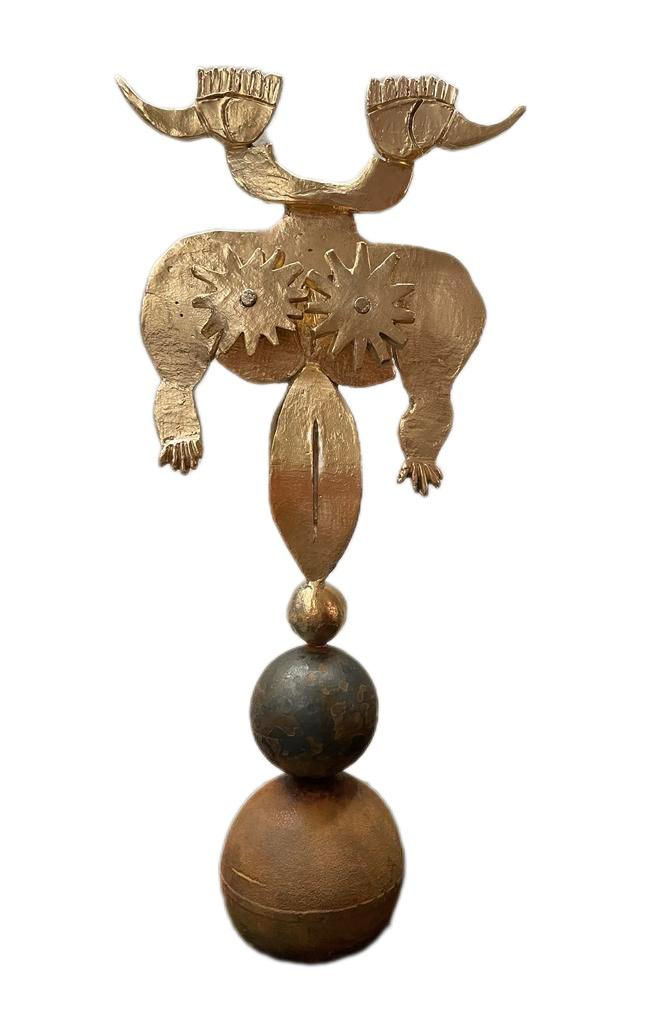QUINNS
Eti Behar
“Quinns“, taking place in BE Contemporary between December 18 - January 25, 2021, offers an opportunity to view the artist’s practice as whole, who generally focuses on one concept at an exhibition, by presenting a selection of works from different periods since 2004.
The fundamental archetype in Eti's art, whether figurative or abstract, is the circle form. In the artist's sculptures, the circle form echoes iconic bodies that have been deified by the reproduction of life by female fertility. While, in its sense of life cycle, the circle offers endless reproduction possibilities referencing to Cybele; it also transforms into a lyrical, carnivalesque joy with the exaggerated roundness, curves, fluidity of the female body in Eti's sculptures as a form that embodies a unique inner timbre.
In the exhibitions "On the Border" (2013), "From Cybele to Cinderella" (2018), "Cielo" (2019), in which she has stylized the archaic historicity, cultural and conceptual dimension of the feminine from Cybele to Quinns, the outward, curved dynamic forms of Eti Behar correspond not only to the body but also to the transcendence of the body as a phenomenological being. The exaggeration of forms such as hips and breasts that belong to the stylized female body transform into a fantastic existence when it is carried to the extreme; however; in Eti Behar's forms, this exaggeration does not become fantastic, on the contrary, it turns into a grotesque body, and the reproductive organs become iconic by exceeding their limits first to the point of a grotesque transcendence and then to a supreme one.
In the exhibition "Cielo", we have witnessed that the body as a transcendent figure arrives at a trans-aesthetic from a trans-body through exaggeration. Via some of her sculptures, Eti Behar, taking her reference from the infinite cycle in regards to time and space, reaches a trans-aesthetic from trans-body as the transcendent figure that can transcend its single-sex existence towards the ideal forms. The name "Quinns", which Eti assigns the icons in her inner world, is the aestheticization of the idea of a divided subject in its own factuality.
Texts: Lütfiye Bozdağ












